Because of the number and density of neutrinos involved, it is nearly impossible to calculate the movement of neutrinos from compact astrophysical systems such as core-collapse supernovae and neutron star mergers.
Tag: Neutrinos
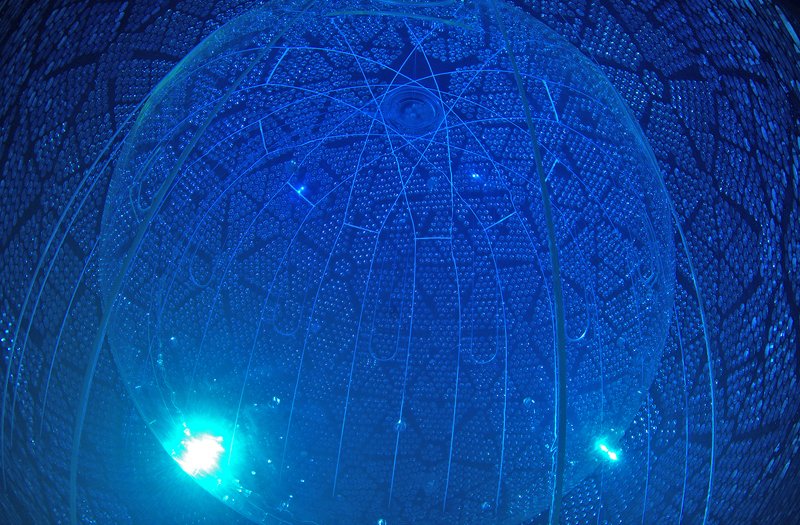
SNO+ Reveals the Power of Neutrinos
It may be snowy outside, but the water in the SNO+ experiment isn’t for building snowmen. SNO+ is short for the Sudbury Neutrino Observation+, a neutrino experiment 2 kilometers underground in a mine in Ontario, Canada.
PROSPECT Characterizes the Footprint of Neutrinos
Predictions based on the Standard Model of particle physics don’t always agree with what scientists see in experimental data. One way to examine these differences is emissions of neutrinos from nuclear reactors. As part of this research agenda, scientists in the PROSPECT Collaboration have reported the most precise measurement ever of the energy spectrum of antineutrinos emitted from the fission of uranium-235, providing a new reference energy spectrum and new constraints on the origin of the disagreements between data and models.
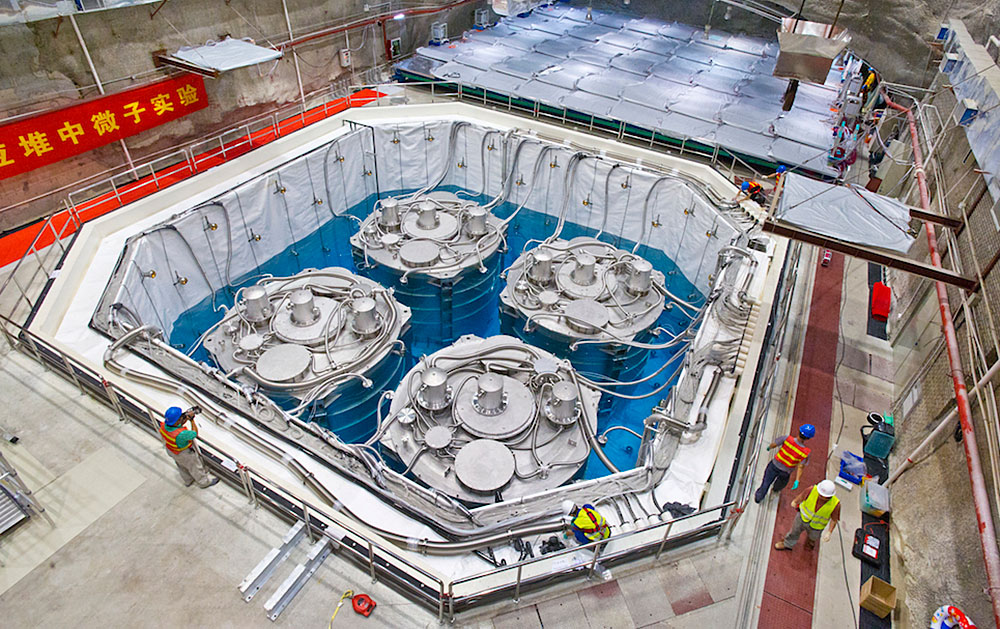
European Physical Society Honors Daya Bay Collaboration
The Daya Bay Reactor Neutrino Experiment collaboration, an international team of researchers measuring key properties of ghostlike particles called neutrinos, is a co-recipient of the European Physical Society’s (EPS) 2023 High Energy and Particle Physics Prize.
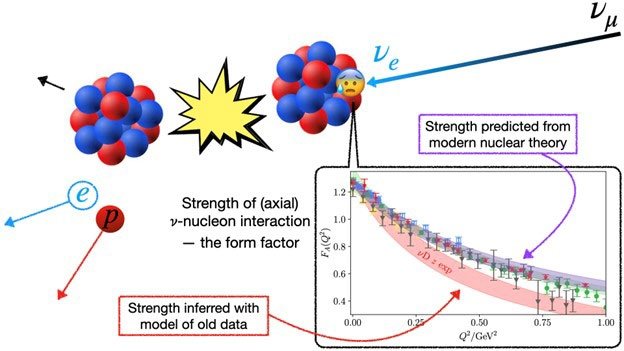
In Preparation for DUNE, Scientists Examine Modern Nuclear Theory for Neutrino Oscillation Physics
Predictions of neutrino-nucleon interaction made using the Lattice Quantum Chromodynamics (LQCD) nuclear theory method predict stronger interaction than predictions determined from older, less precise experimental data.
Theoretical and Experimental Physics Team Up in the Search for Particle Flavor Change
Scientists recently discovered that neutrinos have mass, counter to long-held understanding. This means that neutrinos can change flavor. Now, advances in theory and experiment are helping scientists to determine whether the neutrinos’ charged counterparts—electrons, muons, and tauons—can also change flavor and how future experiments can look for those changes.

Designing Detectors for DUNE
PNNL scientists design a highly sensitive neutrino detector for the Deep Underground Neutrino Experiment.
Department of Energy Announces $2.2 Million for U.S.-Japan Cooperative Research in High Energy Physics
Today, the U.S. Department of Energy (DOE) announced $2.2 million for 11 collaborative research projects in high-energy physics that involve substantial collaboration with Japanese investigators.
Unveiling quantum gravity: New results from IceCube and Fermi data
In a study published in Nature Astronomy today, a team of researchers from the University of Naples “Federico II”, the University of Wroclaw, and the University of Bergen examined a quantum-gravity model of particle propagation in which the speed of ultrarelativistic particles decreases with rising energy.
Detecting Neutrinos from Nuclear Reactors with Water
Neutrinos are subatomic particles produced in many types of radioactive decays, including in nuclear reactors. Because neutrinos interact with matter extremely weakly, they are impossible to shield. The SNO+ experiment has just shown that a detector filled with simple water can detect neutrinos from nuclear reactors, even though the neutrinos create only tiny signals in the detector.
Understanding the Origin of Matter with the CUORE Experiment
Neutrinos are involved in a process named beta decay that involves a neutron converting into a proton emitting an electron and an antineutrino. There may also be an ultra-rare kind of beta decay that emits two electrons but no neutrinos, called neutrinoless-double beta decay (NLDBD). Researchers are using the Cryogenic Underground Observatory for Rare Events (CUORE) to search for these rare NLDBD processes using different nuclei. Scientists have reported new tests using Tellurim-128 to look for NLDBD.
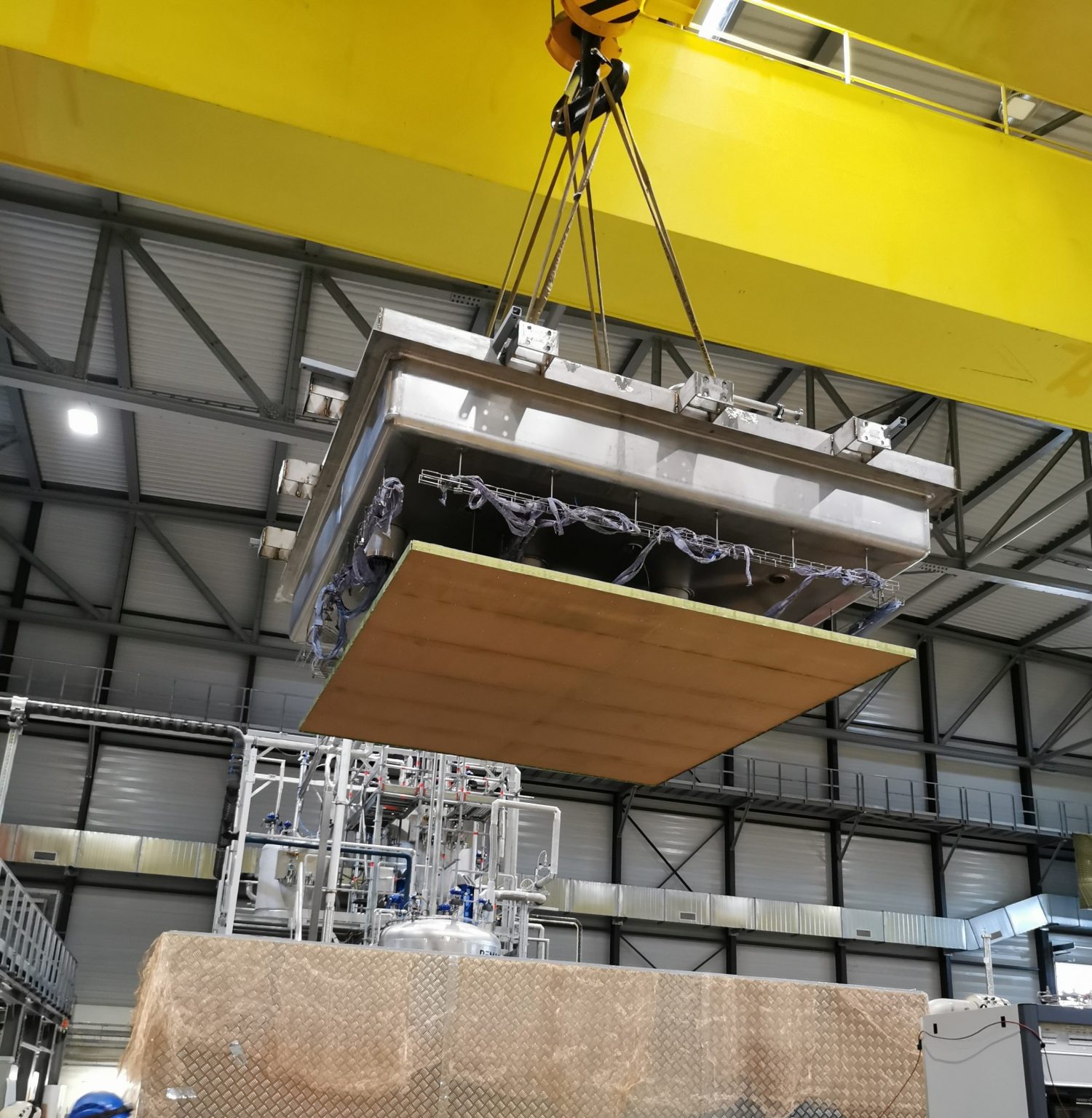
DUNE collaboration tests new technology for second detector module
Scientists working on the international Deep Underground Neutrino Experiment are developing a vertical drift detector. The new technology may open doors to building large neutrino detectors at a lower cost and in a simpler manner.
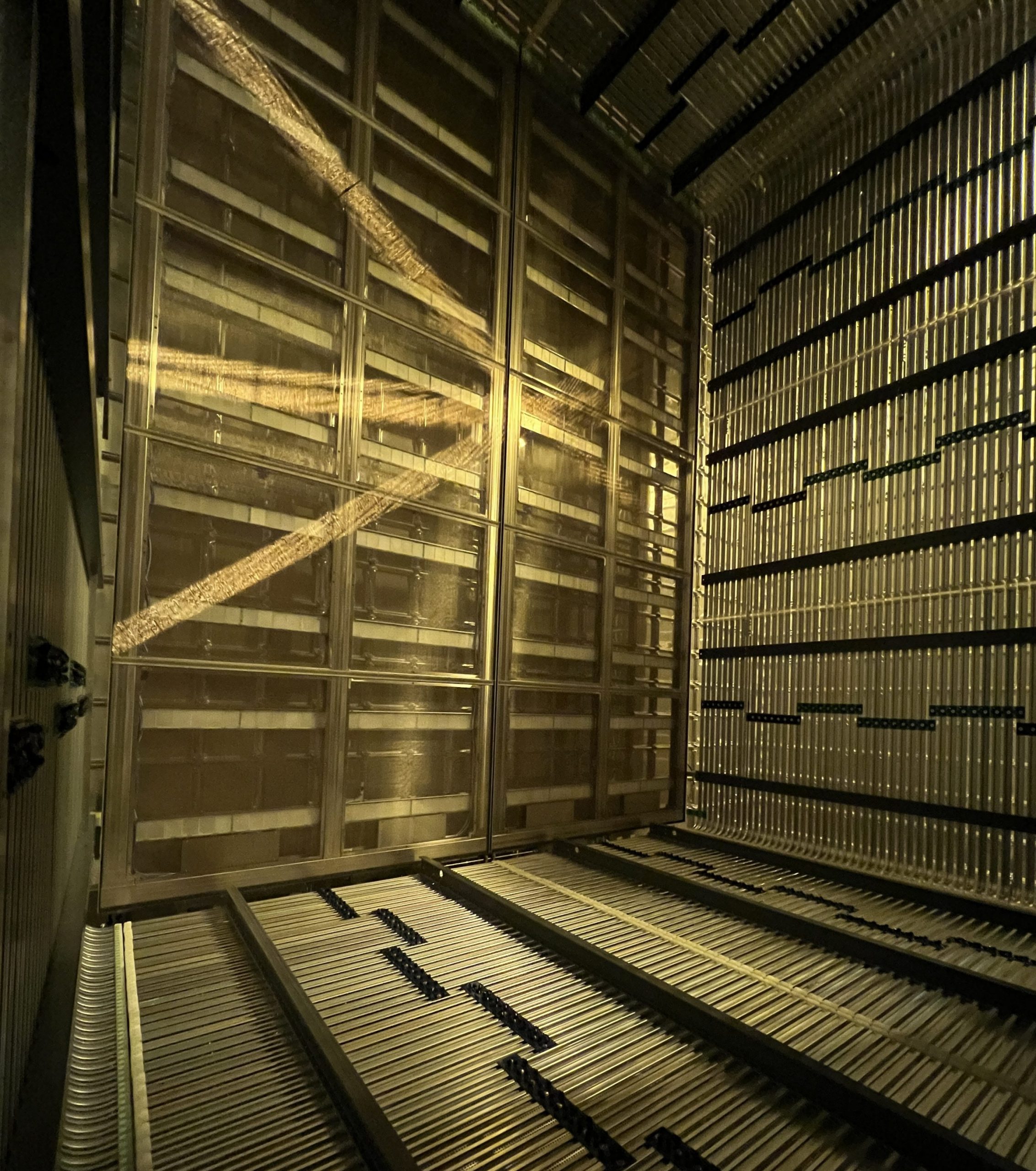
DUNE collaboration ready to ramp up mass production for first detector module
The international DUNE collaboration is conducting final tests of the components for its first neutrino detector module, to be installed a mile underground in South Dakota. Preparations for ramping up the mass production of these components are underway.
Brookhaven Lab Physicist Mary Bishai Elected DUNE Co-Spokesperson
Mary Bishai, a distinguished scientist at the U.S. Department of Energy’s (DOE) Brookhaven National Laboratory, has been elected co-spokesperson of the Deep Underground Neutrino Experiment (DUNE). In her new role, Bishai will lead DUNE’s 1,400-member international collaboration—the largest neutrino collaboration in the world.
Former Ohio State postdoc named MacArthur Fellow
Steven Prohira, a physicist and a former postdoctoral researcher at The Ohio State University, has been named a recipient of the 2022 MacArthur Fellowship, a prize often called the “genius grant.”
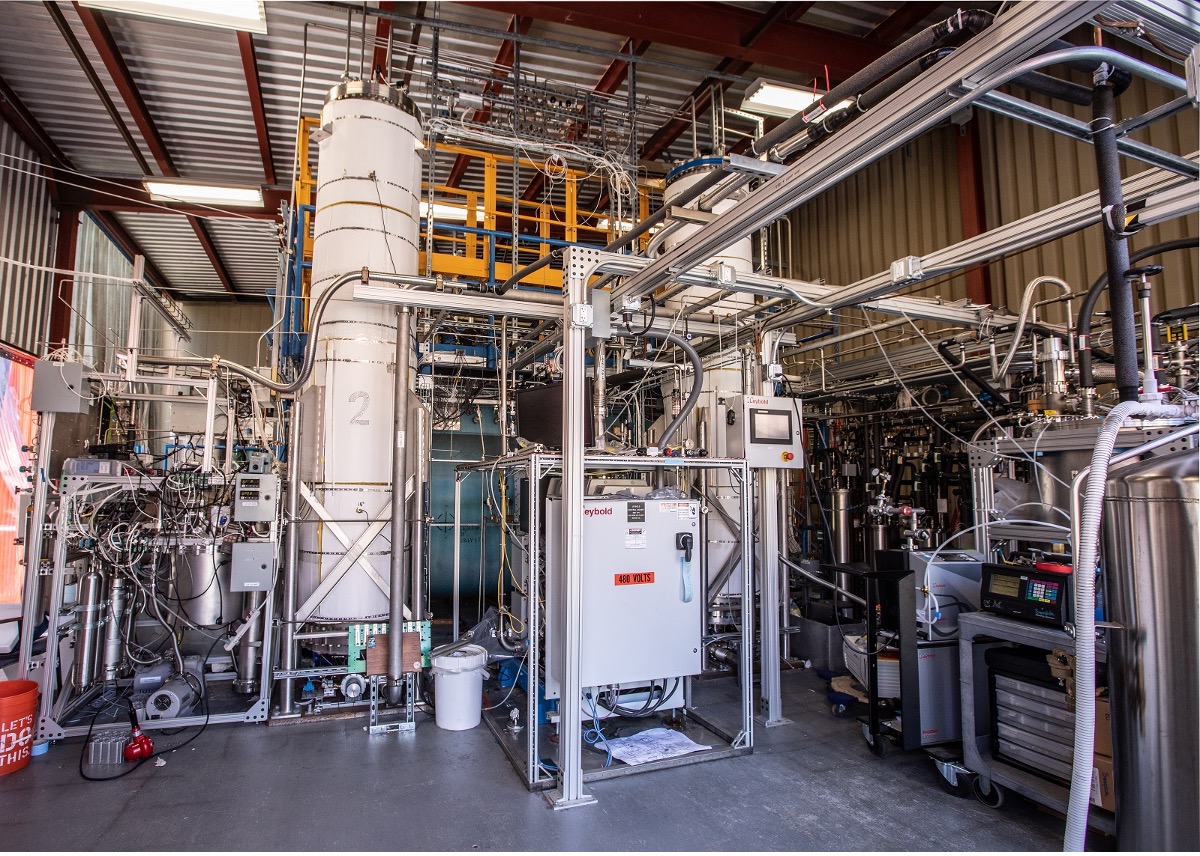
Researchers at SLAC use purified liquid xenon to search for mysterious dark matter particles
An enormous vat of pure liquid xenon will help scientists at SLAC and around the globe learn more about the universe.
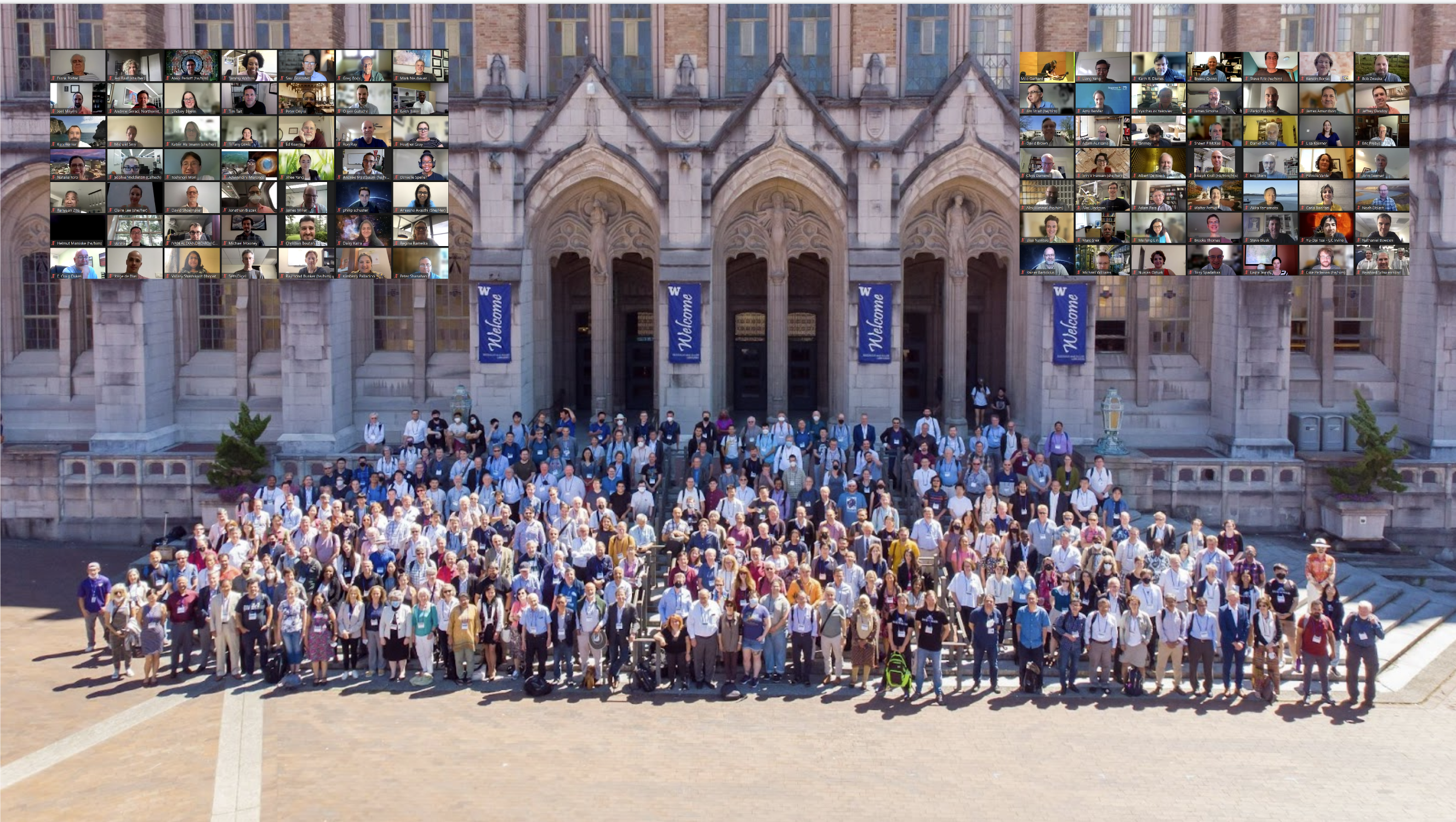
Particle Physicists Lay Out Future Goals at ‘Snowmass’ Meeting
With a picturesque backdrop of Mt. Rainier, particle physicists from across the United States gathered in Seattle (with more tuning in virtually) to assess the most important science opportunities in their field over the next decade. The Particle Physics Community Planning Exercise was held July 17-26, 2022, at the University of Washington.
Direct Neutrino-Mass Measurement Achieves New, Sub-Electronvolt Sensitivity
The international KArlsruhe TRItium Neutrino (KATRIN) experiment in Germany recently reported a new upper limit on the mass of the neutrino. This limit—0.8 electronvolts (eV)—is the lowerst scientists have achieved. As the results are confirmed and refined, they will help scientists better understand the neutrino and its role in the evolution of the universe.
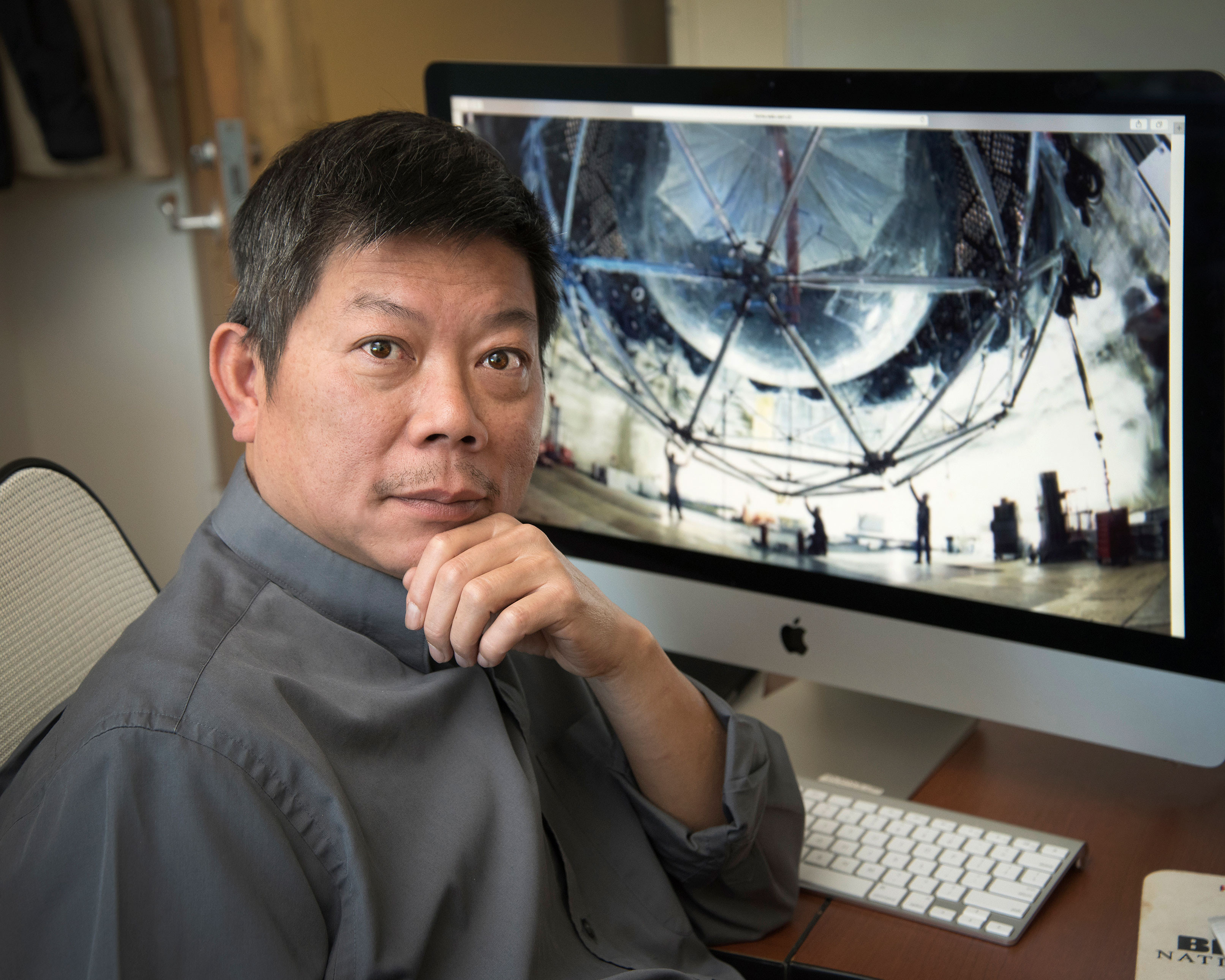
Brookhaven Chemist Minfang Yeh Wins 2021 DPF Instrumentation Award
UPTON, NY—Minfang Yeh, a senior scientist at the U.S. Department of Energy’s Brookhaven National Laboratory, has won the American Physical Society’s 2021 Division of Particles and Fields (DPF) Instrumentation Award. The award honors Yeh’s pioneering work in the development and production of high-performance water-based liquid scintillators for particle physics experiments, including metal loaded scintillators for rare process experiments.
Scientists Spot Rare Neutrino Signal for Big Physics Finding
Scientists at Brookhaven National Laboratory developed a software toolkit that reconstructs and isolates neutrino data in 3D. This software directly enabled the long-awaited findings from the MicroBooNE experiment released today by Fermilab in four complementary analyses. The Wire-Cell team at Brookhaven Lab led one of the four analyses—the most sensitive analysis of the electron-neutrino interaction. Some components of the Wire-Cell toolkit were also used in the other three analyses.
Gamma rays and neutrinos from mellow supermassive black holes
The Universe is filled with energetic particles, such as X rays, gamma rays, and neutrinos. However, most of the high-energy cosmic particles’ origins remain unexplained.
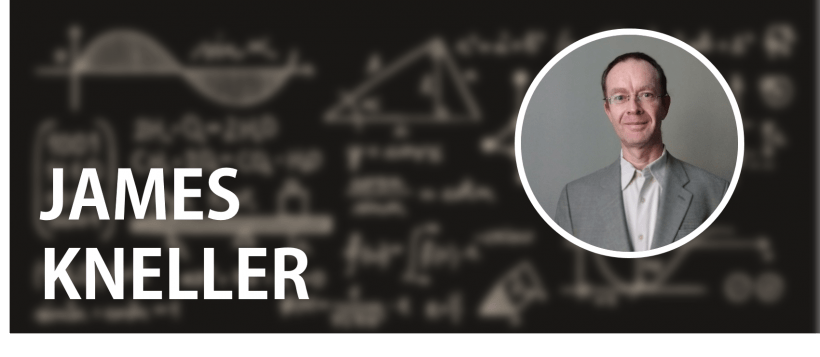
James Kneller: Then and Now / 2011 Early Career Award Winner
At North Carolina State University, associate professor James Kneller studies neutrinos emitted from exploding stars.
Basic to Breakthrough: How Exploring the Building Blocks of the Universe Sets the Foundation for Innovation
Particle physics peers into the mysteries of our cosmos while opening the door to future technologies. Research into the Higgs boson, dark energy, and quantum physics reveals insights into the universe and enables innovation in other fields.
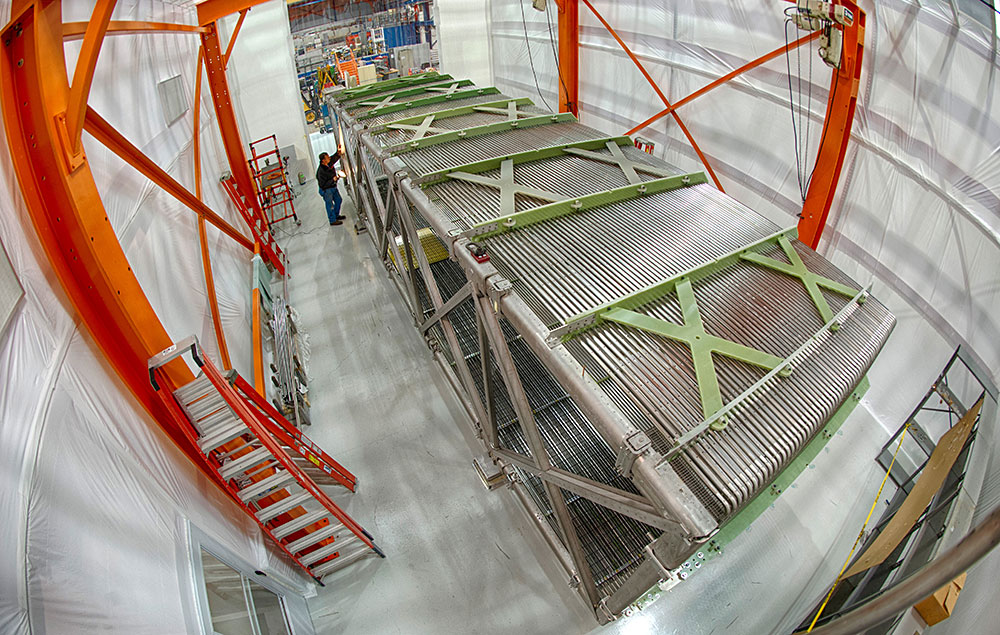
Physicists Achieve Significant Improvement in Spotting Accelerator-produced Neutrinos in a Cosmic Haystack
Scientists demonstrate how ground-breaking image reconstruction and analysis algorithms filter out cosmic ray tracks in the MicroBooNE neutrino detector to pinpoint elusive neutrino interactions with unprecedented clarity.
Rutgers Expert Available to Discuss Supernova Discovery
New Brunswick, N.J. (April 21, 2021) – Rutgers University–New Brunswick astrophysicist John P. (Jack) Hughes is available for interviews on a supernova (exploding star) discovery published today in the journal Nature. The discovery, made with NASA’s Chandra X-ray Observatory, features…
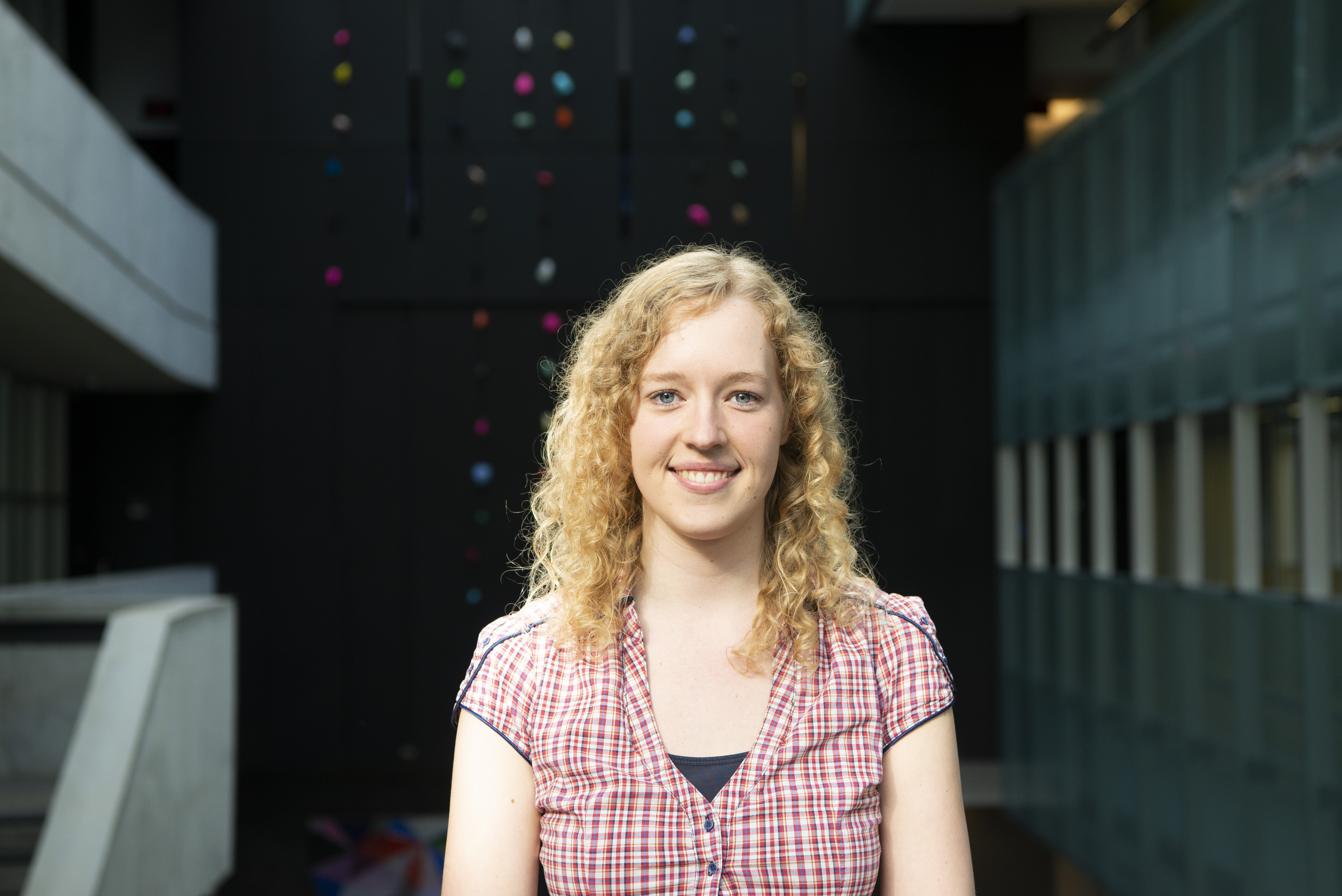
Lena Funcke Receives Leona Woods Lectureship Award
Lena Funcke, a theoretical physicist who conducts research at the intersection of fundamental particles, the cosmos, and quantum computing, has been named a recipient of the Leona Woods Distinguished Postdoctoral Lectureship Award by the Physics Department at the U.S. Department of Energy’s Brookhaven National Laboratory.
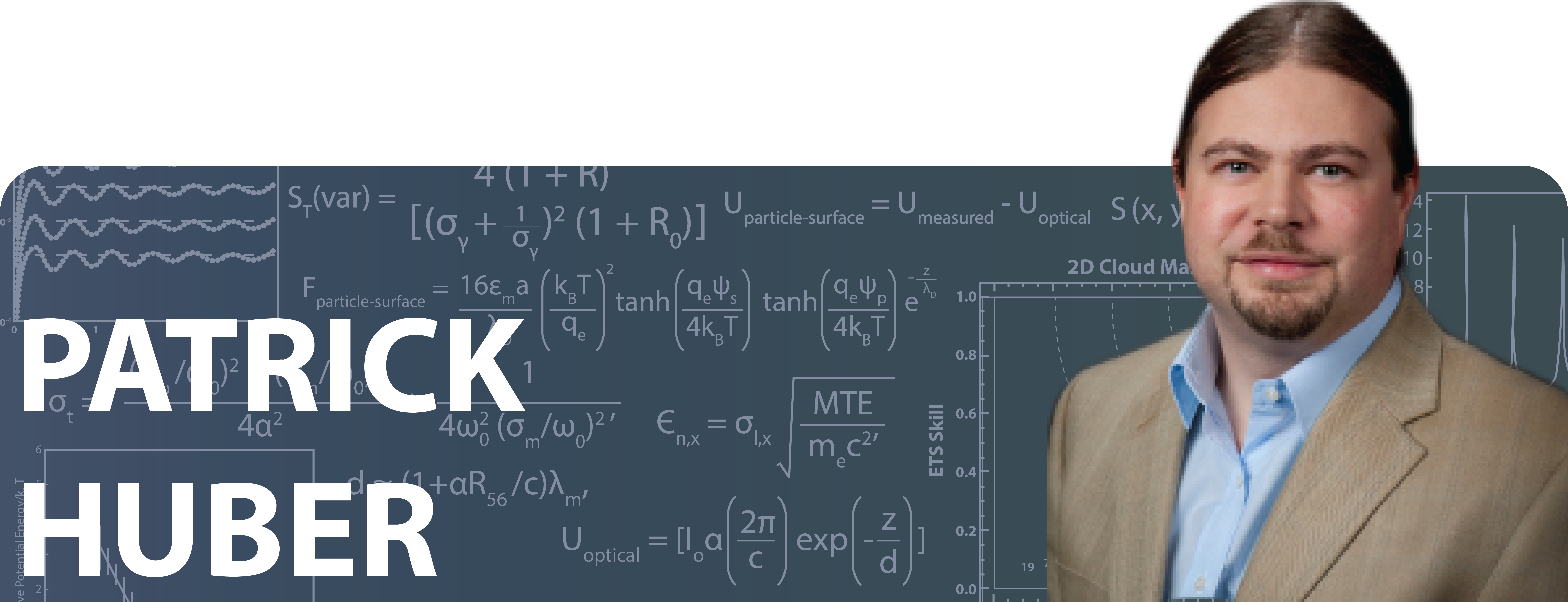
Patrick Huber: Then and Now / 2010 Early Career Award Winner
Professor Patrick Huber is the director of Virginia Tech’s Center for Neutrino Physics. His research develops and advances theoretical tools to analyze data from neutrino experiments, the results of which will improve our understanding of neutrinos’ properties and their role in the cosmos.
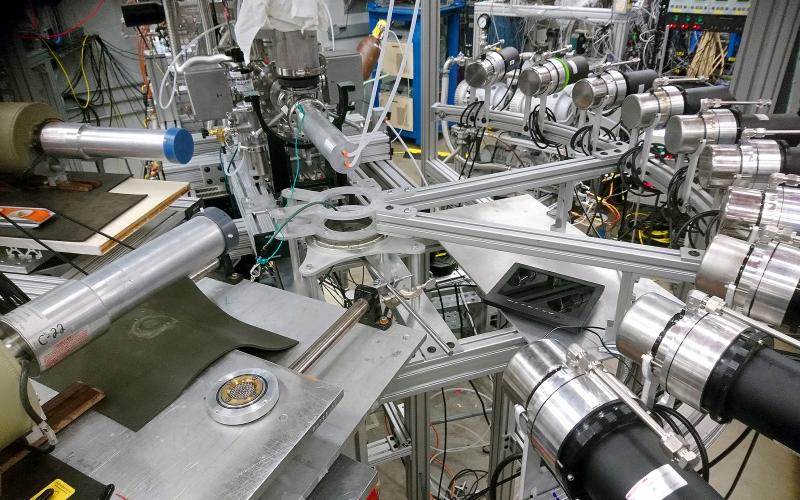
Righting a wrong, nuclear physicists improve precision of neutrino studies
Led by the Department of Energy’s Oak Ridge National Laboratory, a new study clears up a discrepancy regarding the biggest contributor of unwanted background signals in specialized detectors of neutrinos.
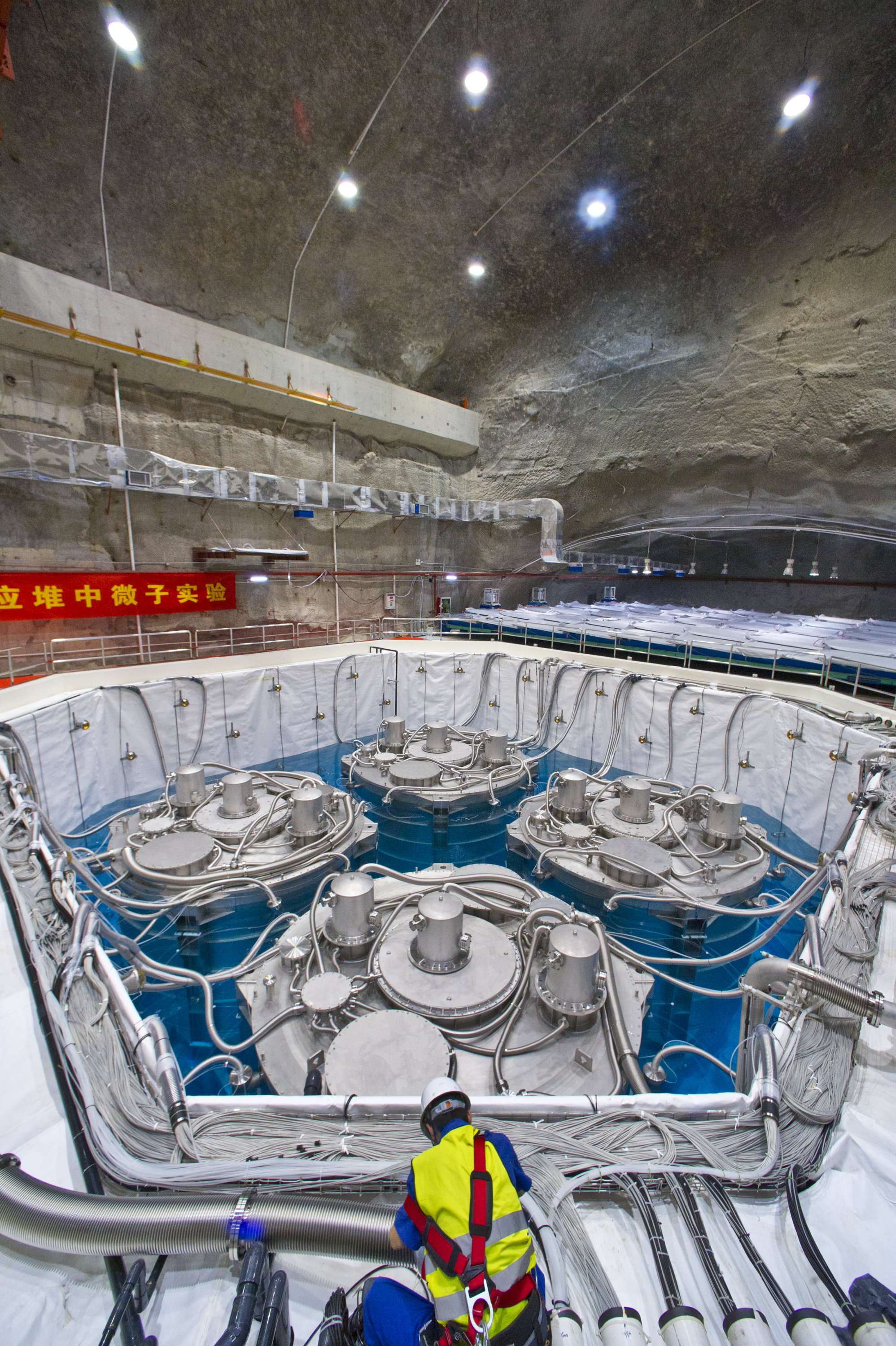
Scientists Say Farewell to Daya Bay Site, Proceed with Final Data Analysis
The Daya Bay Reactor Neutrino Experiment collaboration – which made a precise measurement of an important neutrino property eight years ago, setting the stage for a new round of experiments and discoveries about these hard-to-study particles – has finished taking data. Though the experiment is formally shutting down, the collaboration will continue to analyze its complete dataset to improve upon the precision of findings based on earlier measurements.
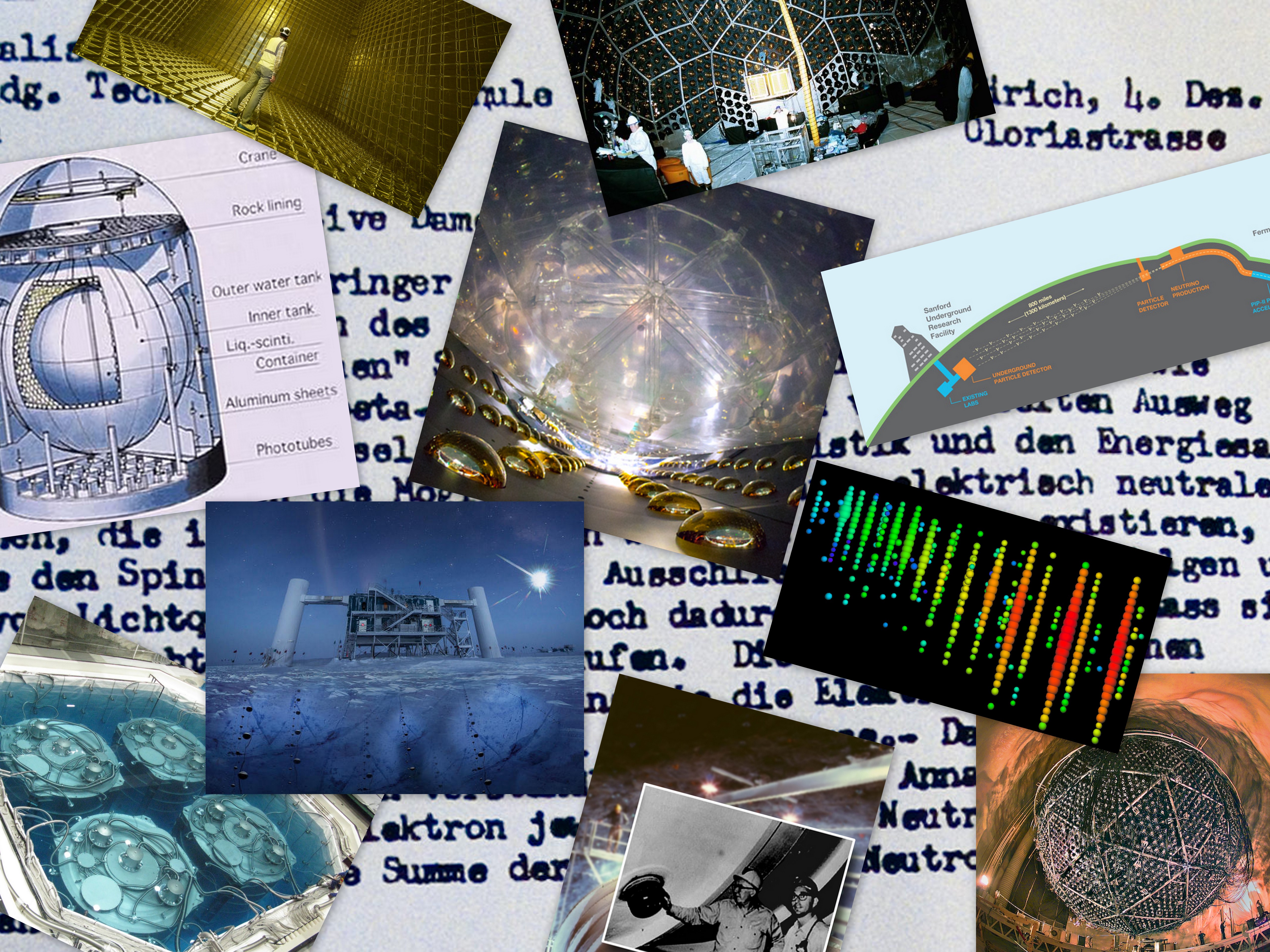
90 Years of Neutrino Science
Berkeley Lab has a long history of participating in neutrino experiments and discoveries in locations ranging from a site 1.3 miles deep at a nickel mine in Ontario, Canada, to an underground research site near a nuclear power complex northeast of Hong Kong, and a neutrino observatory buried in ice near the South Pole.
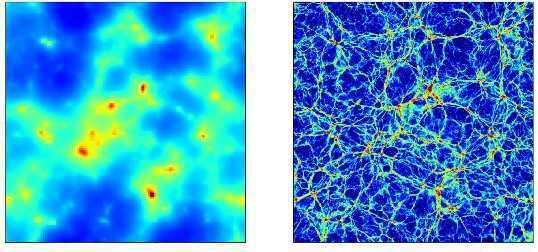
Researchers validate theory that neutrinos shape the universe
The effect that nearly massless, subatomic particles called neutrinos have on the formation of galaxies has long been a cosmological mystery — one that physicists have sought to measure since discovering the particles in 1956.But an international research team has created cosmological simulations that accurately depict the role of neutrinos in the evolution of the universe in a study recently published in The Astrophysical Journal.

Q&A: How machine learning helps scientists hunt for particles, wrangle floppy proteins and speed discovery
At the Department of Energy’s SLAC National Accelerator Laboratory, machine learning is opening new avenues to advance the lab’s unique scientific facilities and research.
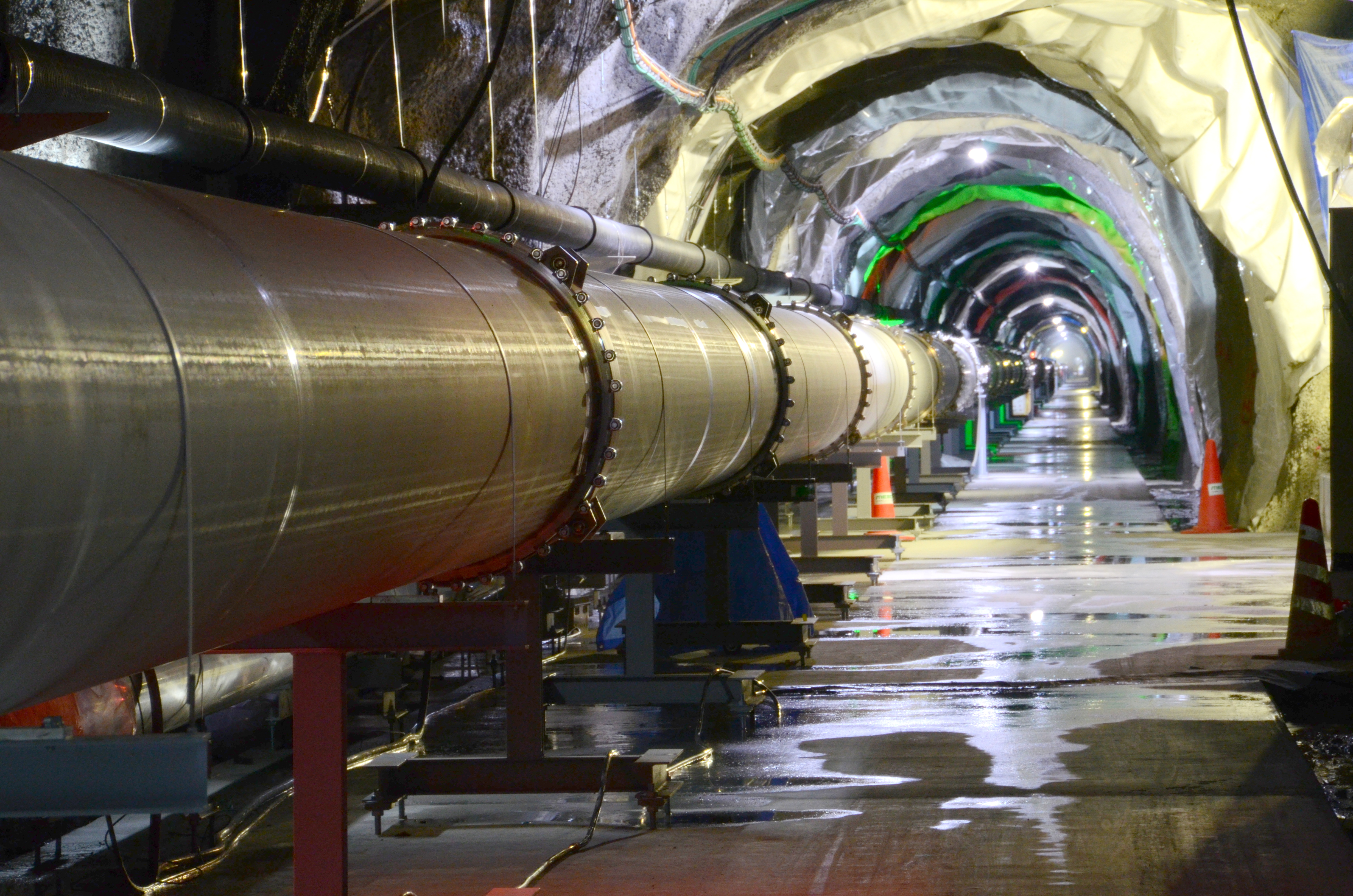
New NSF Physics Frontier Center Will Focus on Neutron Star Modeling in ‘Gravitational Wave Era’
A new Physics Frontier Center at UC Berkeley, supported by the National Science Foundation, expands the reach and depth of existing capabilities on campus and at neighboring Berkeley Lab in modeling one of the most violent events in the universe: the merger of neutron stars and its explosive aftermath.

Scientists Successfully Demonstrate a New Experiment in the Search for Theorized ‘Neutrinoless’ Process
Nuclear physicists affiliated with Berkeley Lab played a leading role in analyzing data for a demonstration experiment in France that has achieved record precision for a specialized detector material.
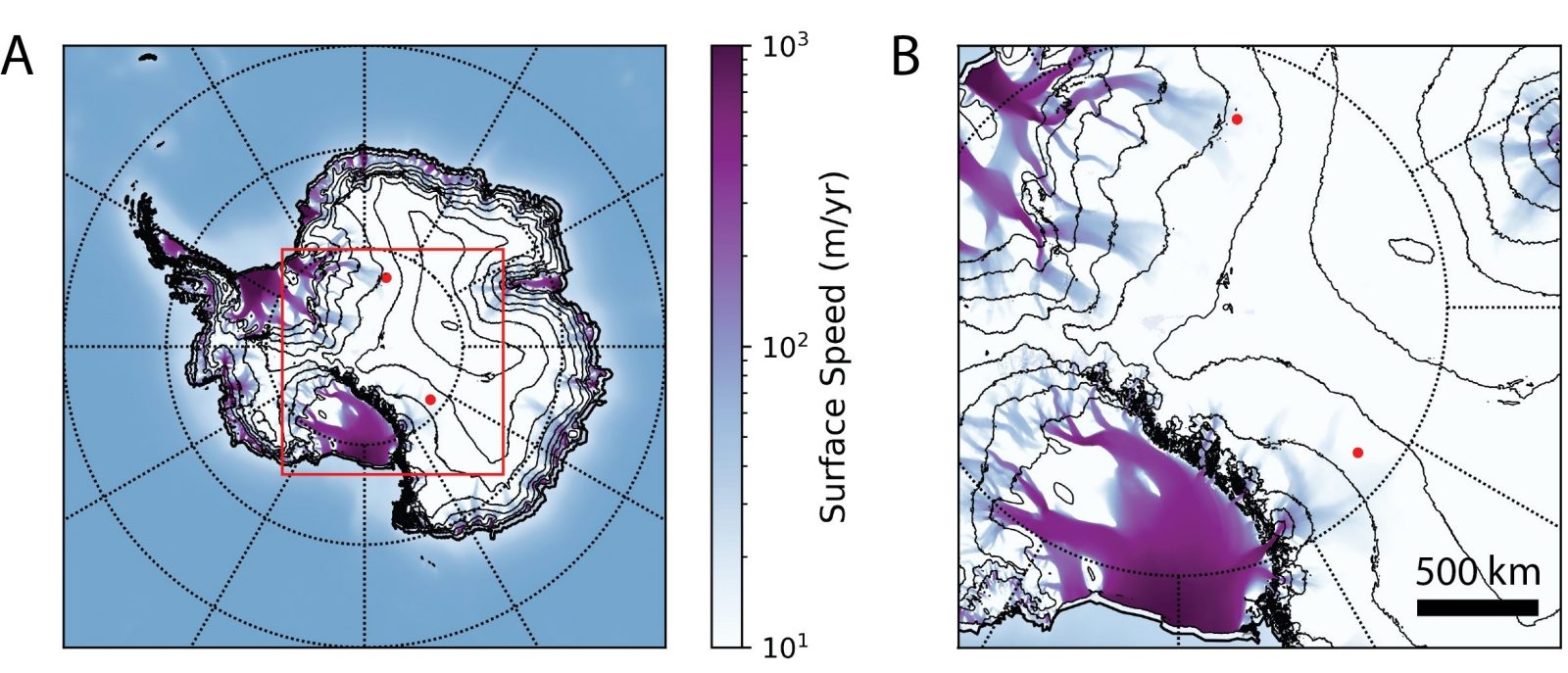
Virginia Tech research provides new explanation for neutrino anomalies in Antarctica
A new research paper co-authored by a Virginia Tech assistant professor of physics provides a new explanation for two recent strange events that occurred in Antarctica – high-energy neutrinos appearing to come up out of the Earth on their own accord and head skyward.
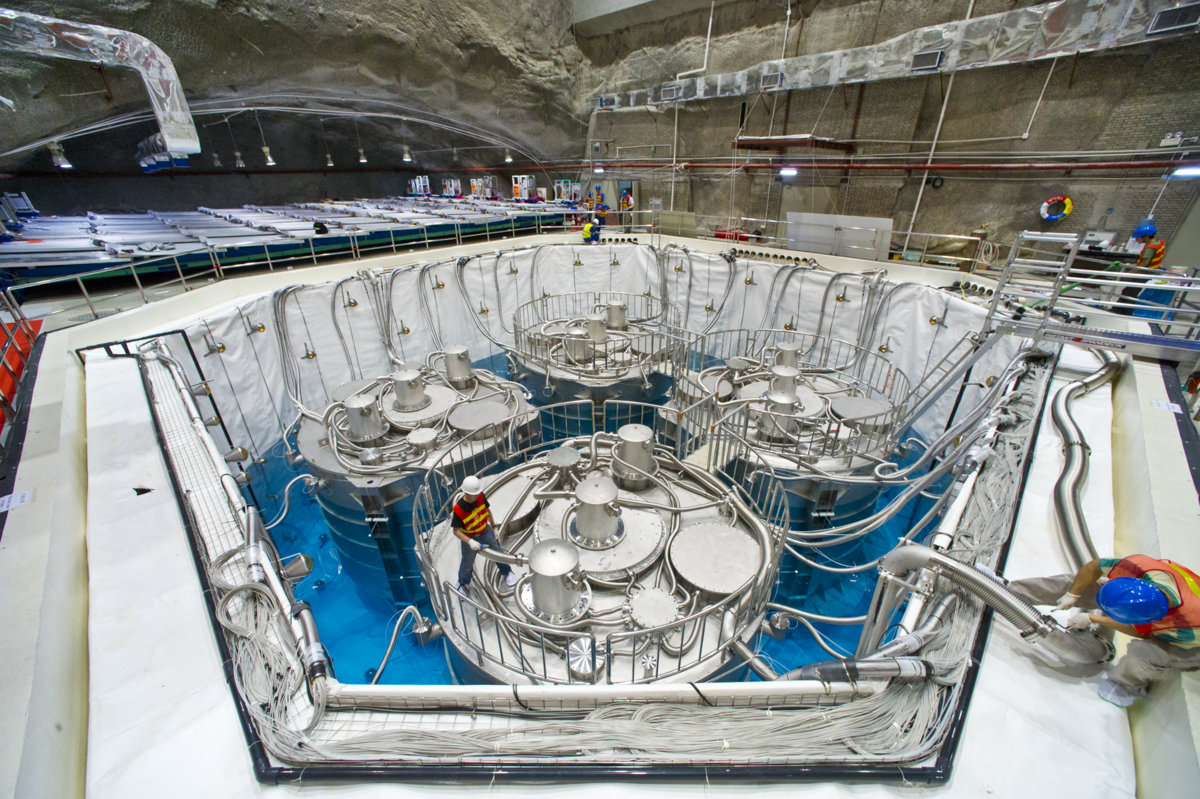
Daya Bay Reactor Experiment Continues to Generate Data
Largely unaffected by the pandemic, the Daya Bay reactor neutrino experiment in Shenzen, China, has continued to pump data to remote supercomputers for analyses.
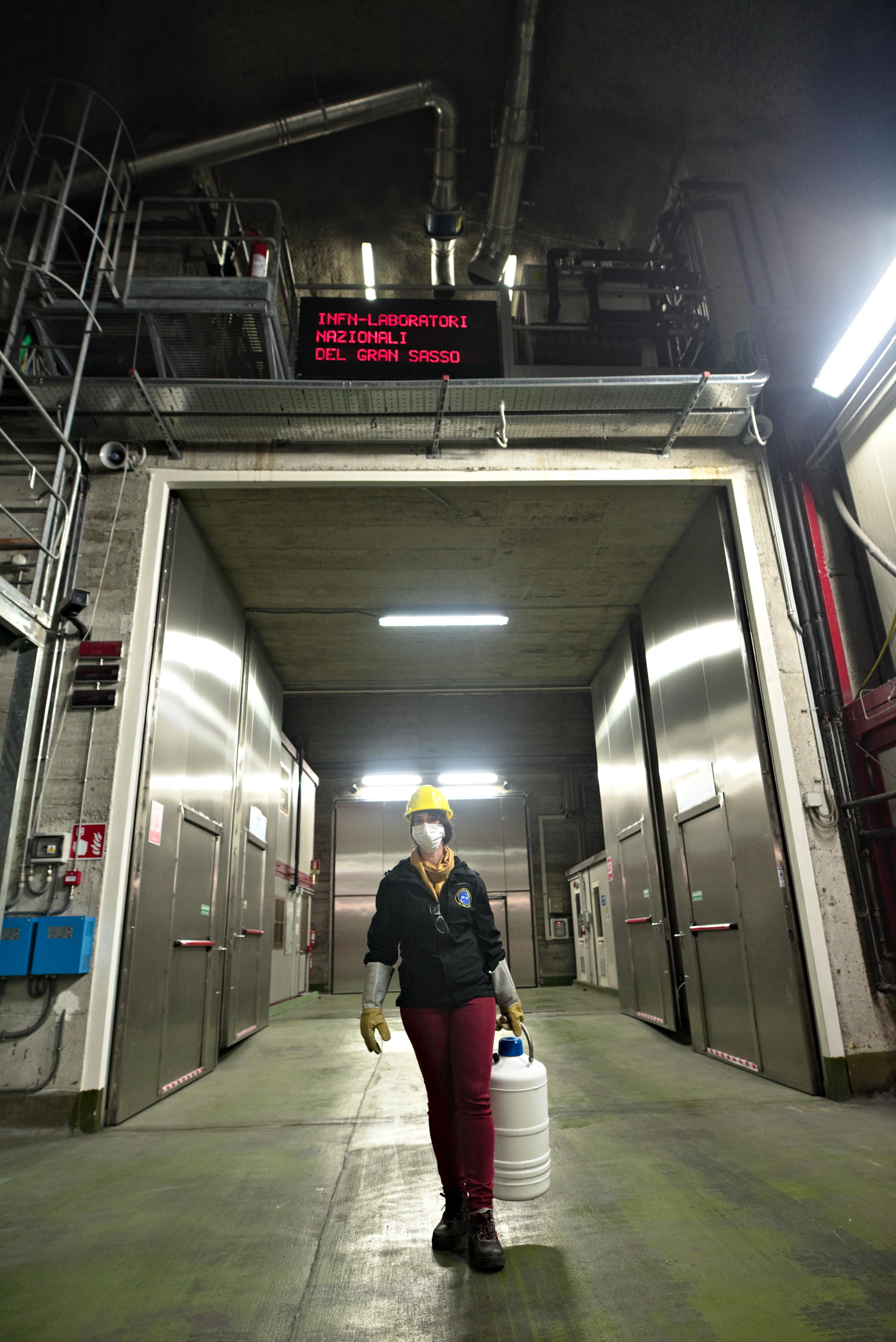
CUORE Underground Experiment in Italy Carries on Despite Pandemic
As the COVID-19 outbreak took hold in Italy, researchers working on a nuclear physics experiment called CUORE at an underground laboratory in central Italy scrambled to keep the ultrasensitive experiment running and launch new tools and rules for remote operations.
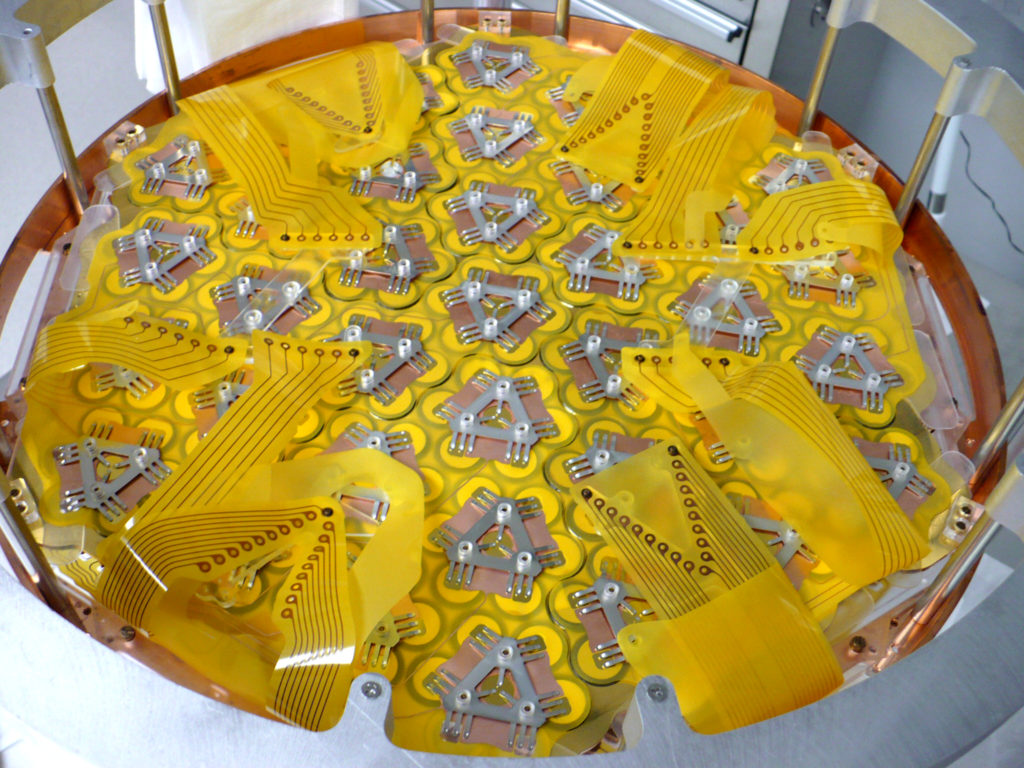
Researchers home in on extremely rare nuclear process
A hypothetical nuclear process known as neutrinoless double beta decay ought to be among the least likely events in the universe. Now the international EXO-200 collaboration, which includes researchers from the Department of Energy’s SLAC National Accelerator Laboratory, has determined just how unlikely it is: In a given volume of a certain xenon isotope, it would take more than 35 trillion trillion years for half of its nuclei to decay through this process – an eternity compared to the age of the universe, which is “only” 13 billion years old.